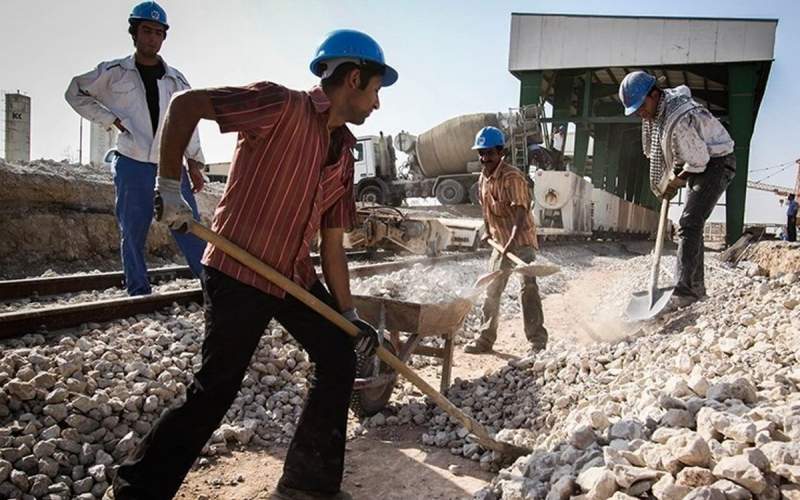The labor crisis and the hunger of Iranian workers have altered the workers’ livelihood basket.
The labor crisis and the hunger of Iranian workers have led to changes in the workers’ livelihood basket due to the high obesity rate in the country.
Ali Ramazanian, an economic journalist, says the last days of March are filled with stress and anxiety for workers every year. Government representatives, employers, and workers gather to make tense decisions about the wages of workers from the brick factories of Shamsabad, Tehran, to miners working 700 meters deep in the Razmjoo mine in the city of Damghan.
According to a report by the Social Security Organization, the insured workforce in Iran is about 14 million people, which, considering a family of three, includes about 42 million people, roughly 50 percent of Iran’s population.
Despite the fact that the Tasnim news agency, which is close to the IRGC, has announced this year’s poverty line at 30 million tomans, the workers’ wages for 1402 were about 8.5 million tomans, resulting in a significant drop in the purchasing power of workers.

